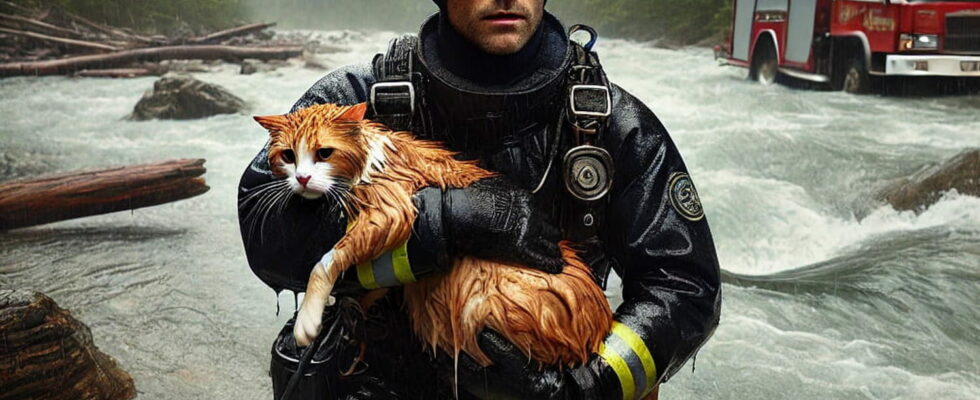Images generated by artificial intelligence are often realistic and represent a new way of targeting the most vulnerable people.
Distinguishing fact from fiction is an increasingly difficult task, even more so today with the appearance of new software and mainly artificial intelligence. Because for scammers, AI-generated images represent an easy way to deceive their victims, simply by playing on the heartstrings. They thus exploit the compassion of the most vulnerable and generous people, to extract money from them, and these are very often the elderly.
The newest scam aims to move Internet users by broadcasting false images of animal rescues, with the aim of collecting donations. This is what reveals a recent report published by the Social Media Animal Cruelty Coalition, which denounces this “despicable and sickening” practice. Not only does it exploit animal suffering and the generosity of victims, but it also harms associations that actually save animals in distress. In total, more than 1000 fraudulent links were identified on social networks such as Facebook, Instagram and Tiktok.
By clicking on one of these links, the Internet user is sent to a fake donations page with the possibility of paying money via Paypal. To avoid breaking public trust, animal rights associations are asking that social networks better regulate their online content.
In addition to verifying the information, Internet users will have to remain vigilant regarding the images they see passing before their eyes. Whether it’s a stray dog, a cat rescued from the water, a koala caught in a fire… All these photos can hurt and make you want to help them. Scammers have understood this and now they are not limited to animals. At the moment, some of them are taking advantage of Hurricane Helene which is wreaking havoc in the United States to once again call for donations.
